When Janet Fitch met Michelle Pfeiffer to discuss the film version of her debut novel, “White Oleander,” last year, she felt like she’d stepped into an episode of “The Twilight Zone.” “It was surreal,” the affable Jewish author said.
It was just two years since the 46-year-old writer had been stockpiling rejection letters at her home in Silver Lake. She hadn’t even sold her first short story until she was in her 30s. When Fitch finished 1999’s “White Oleander” — about a teen’s rocky journey through foster care — she was thrilled simply to secure a publisher. Hardly anyone showed up to her early readings of “Oleander,” which follows young Astrid’s struggle after her beautiful, self-absorbed mother, Ingrid (Pfeiffer), murders her lover and goes to prison.
Then Oprah called, another surreal moment for Fitch. “She told me she loved the novel and wanted to make it the May 1999 selection for her book club,” Fitch said. The book shot to the top of the best-seller lists, Warner Bros. made an offer and Pfeiffer, Renee Zellweger and Robin Wright Penn signed on to star.
During her dinner out with Pfeiffer in Brentwood last year, Fitch said that her white-blond, Nordic characters actually reflect her Jewish concerns. She had envisioned the story while attending a 12-step program and searching for spirituality a decade ago. Raised in what she calls an “overly assimilated” family in Koreatown, Fitch wanted her daughter to have the solid Jewish identity she lacked. She began lighting Shabbat candles and pondering how one of her favorite books was antithetical to Judaism.
The book, “The Pillow Book of Sei Shonagon,” about a lady-in-waiting to the Heian Empress Teishi in 11th-century Japan, described a society that emphasized aesthetics, not compassion. “If she came across a person who had been beheaded, she stepped over the body,” Fitch said. “But if someone wore mismatched robes, that was heinous. So I began to wonder, ‘What if a person like that were forced to live in a crummy apartment and work a crummy job at the end of the 20th century?’ The result was the character of Ingrid.”
The film tones down Ingrid’s viciousness and other elements of Fitch’s disturbing-but-powerful novel, the author is quick to concede. It skips the foster mother who starves her wards to pay for remodeling, and the sex scenes between 14-year-old Astrid and her first lover (in the movie, he’s a 30-something hunk instead of a 50-something Vietnam War veteran). “Seeing something so unpleasant onscreen would have made it hard for audiences to engage with the character,” said producer John Wells.
For the most part, Fitch was very involved with the transformation of her intense novel. The filmmakers asked her to review the script and the rough cut of the film. They actually took her advice when she warned that the relationship between the fictional mother and daughter was becoming too “cozy.”
“Janet’s book is gorgeously written but very dark, so finding a way to make it work on screen wasn’t immediately apparent,” said Wells of why he approached Fitch.
The film’s British director, Peter Kosminsky, also sought the novelist’s advice upon arriving in Los Angeles for preproduction in 2001. When he said he was unfamiliar with the book’s L.A. settings, Fitch drove Kosminsky around town for the next two days, showing him the locations described in her novel.
The director said Fitch was also instrumental in describing Ingrid’s backstory to himself and Pfeiffer. “The character is alluring but also repugnant, so we wanted to humanize her as much as possible,” Kosminsky said. “We didn’t want to depict her as a two-dimensional monster.”
Fitch — who describes herself as a “failed screenwriter” — was pleased with the adaptation. “They took my big, messy novel and pared it down to a simple, elegant structure,” she said. “I was especially pleased with how the movie conveys Astrid’s journey, particularly the chameleon-like quality foster children assume to adapt to new environments.”
During the premiere at the Toronto Film Festival in August, Fitch cried off all her professionally applied makeup. “It was yet another surreal moment,” she said. “To hear my book come alive in the mouths of fine actors was unbelievable.”






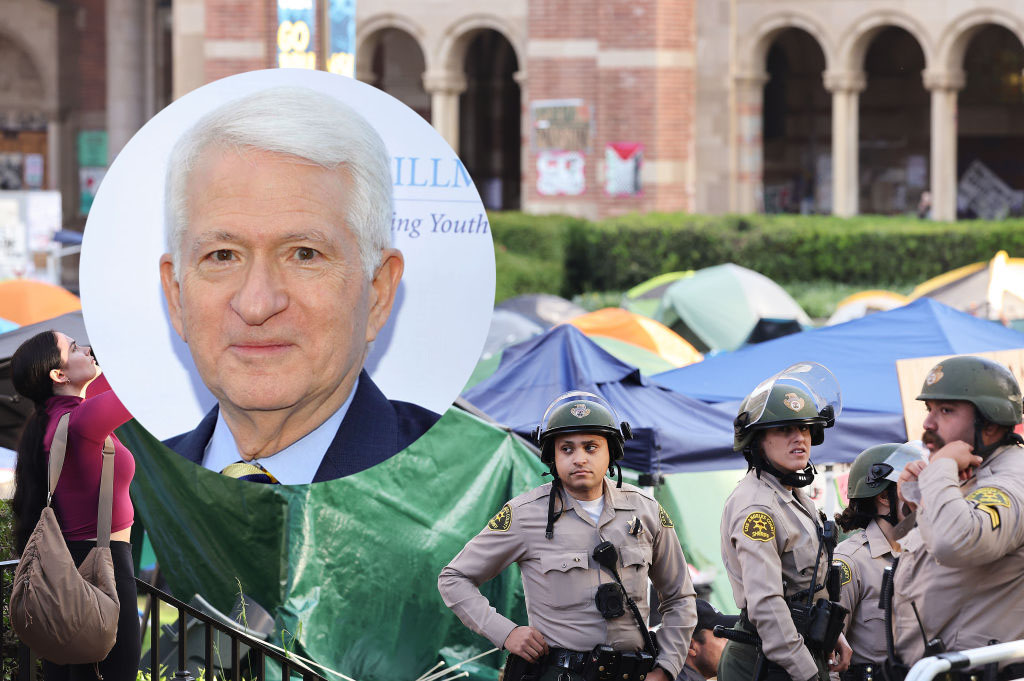
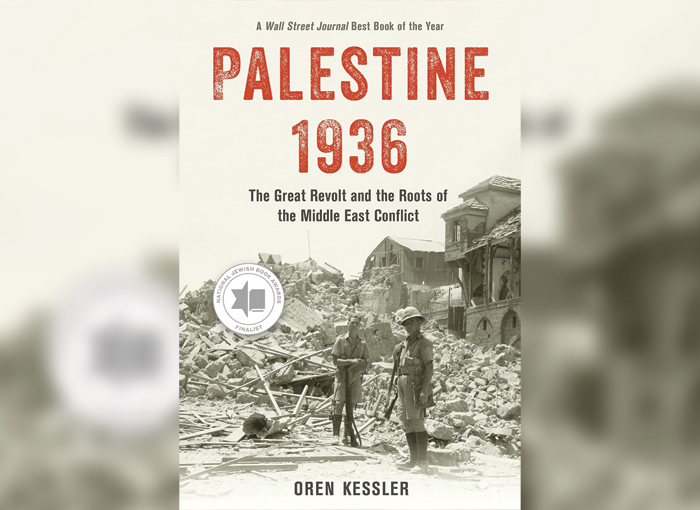


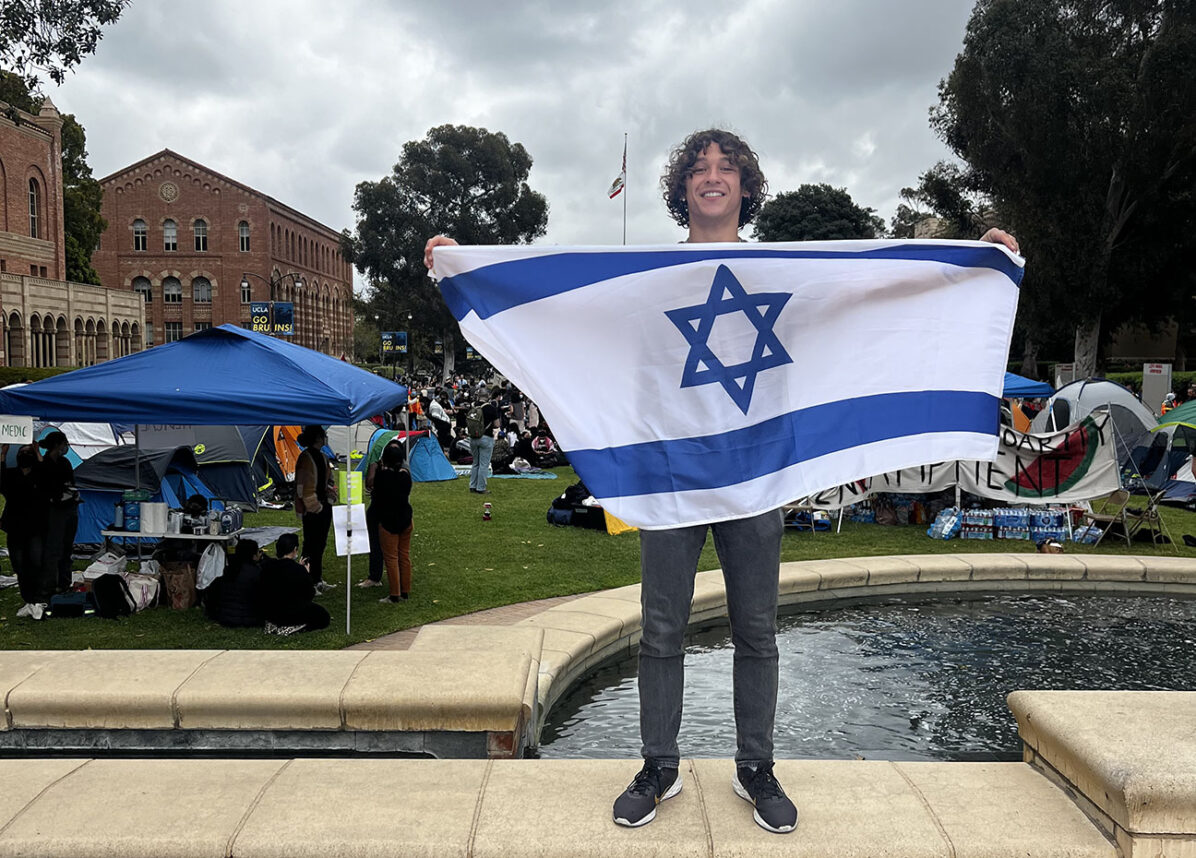

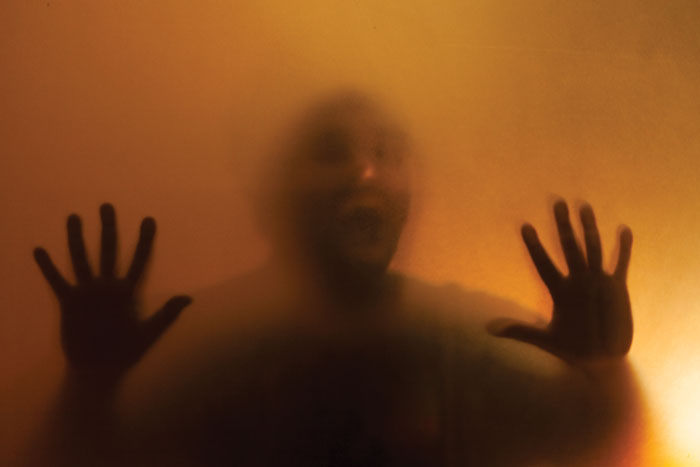
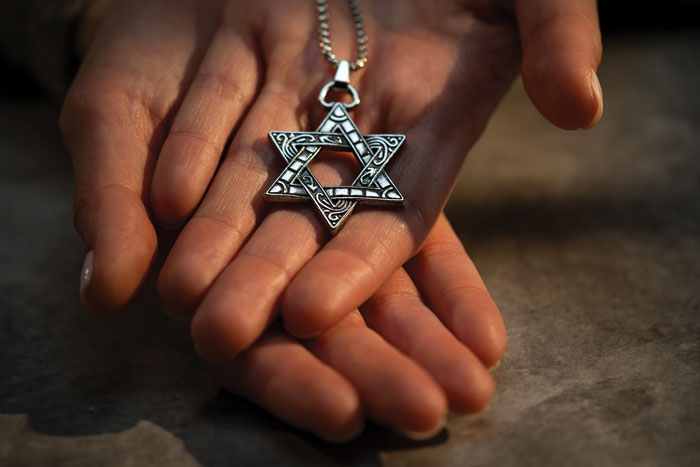

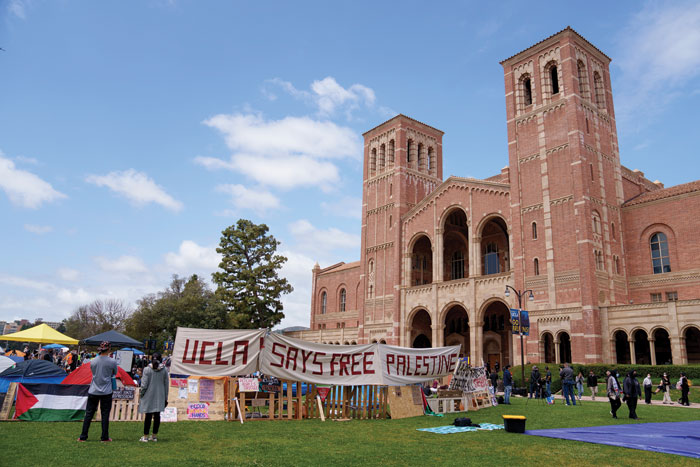






 More news and opinions than at a Shabbat dinner, right in your inbox.
More news and opinions than at a Shabbat dinner, right in your inbox.